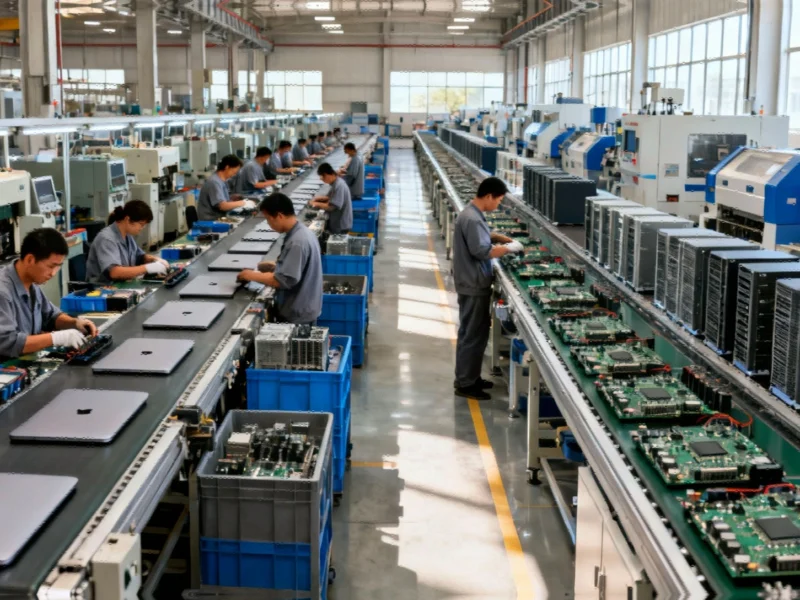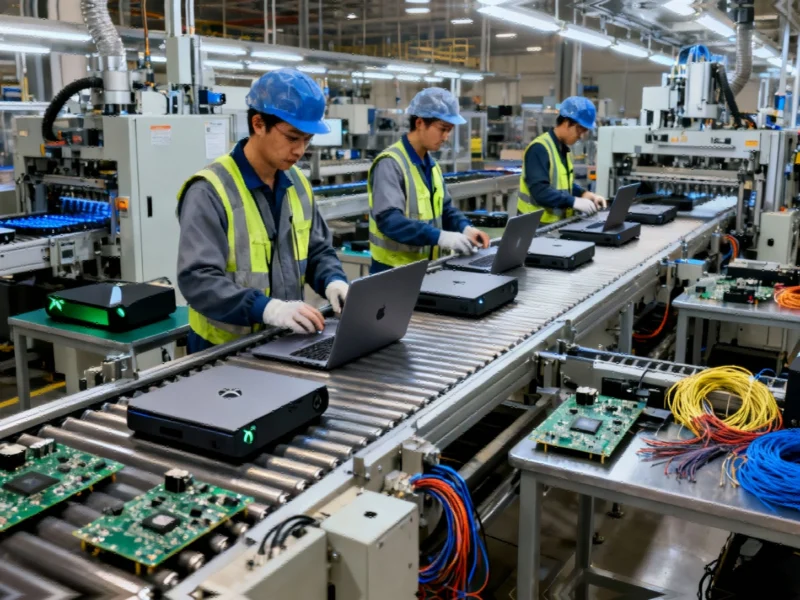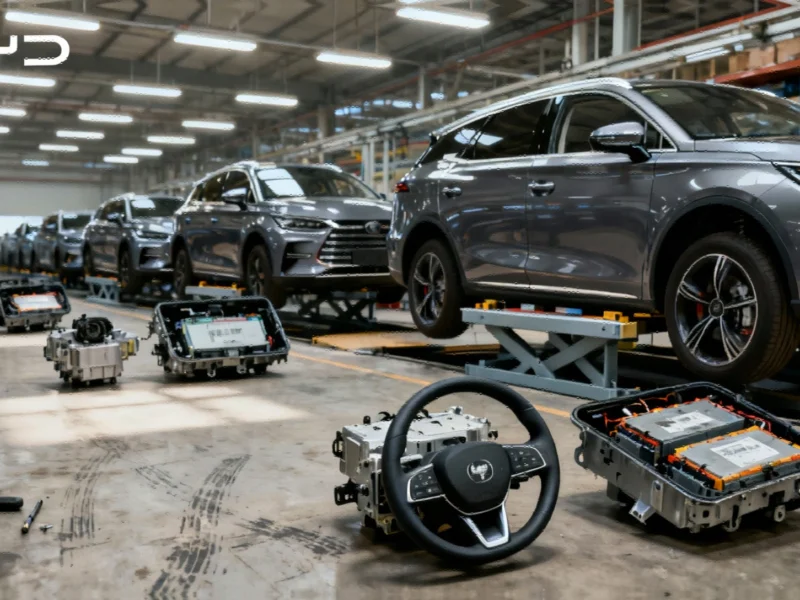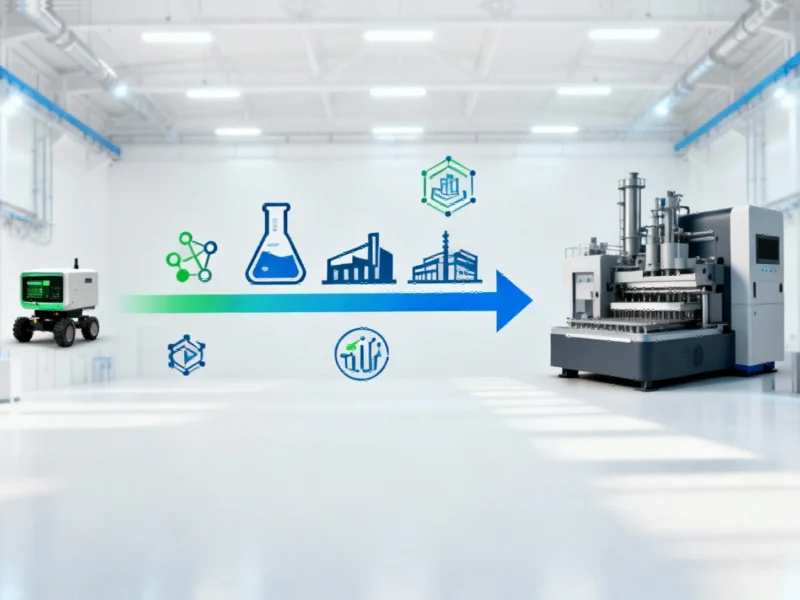In a significant strategic shift reflecting growing geopolitical tensions, Microsoft is reportedly preparing to move its Surface device production and data center server manufacturing out of China by 2026. This move represents one of the most substantial supply chain realignments by a major technology company in response to escalating trade uncertainties between Washington and Beijing.
According to exclusive reporting from Nikkei Asia, Microsoft has initiated plans to transition not only final assembly but also key component manufacturing away from Chinese facilities. The tech giant’s decision comes amid fresh tariff threats and increasing concerns about supply chain security, particularly for sensitive enterprise and defense-related systems. This manufacturing transition follows a broader industry trend of companies reevaluating their China-dependent production strategies.
Strategic Timeline and Implementation
Microsoft aims to begin the phased transition as early as 2026, with sources indicating the company has established aggressive targets for supply chain diversification. For its critical server systems, Microsoft has requested that at least 80% of the bill of materials – encompassing parts, components, and assembly – originate from outside China. This would effectively limit the China-based supply chain to no more than 20% for these sensitive systems.
The company began shifting its server manufacturing last year, recognizing the particular sensitivity of enterprise and defense-related infrastructure. The Surface product line, which includes popular devices like the Surface Pro and Surface Laptop, will follow a similar diversification path with production gradually expanding to multiple regions beyond China.
Geopolitical Drivers Behind the Move
The decision reflects multiple converging factors affecting global technology supply chains. The unpredictability of U.S.-China trade relations has been compounded by concerns over Beijing’s growing influence in the Taiwan Strait, creating significant operational uncertainties for technology manufacturers. These developments come as companies across the industry are rethinking their manufacturing footprints and supply chain dependencies.
Microsoft’s strategic pivot aligns with broader industry movements toward supply chain resilience. As companies navigate these changes, many are exploring how advanced computing technologies can help optimize global manufacturing operations and predict supply chain disruptions.
Broader Industry Implications
Microsoft’s planned exit from Chinese manufacturing represents a watershed moment for the technology industry. Other major tech companies have been gradually diversifying their supply chains, but Microsoft’s comprehensive approach – covering both consumer devices and critical infrastructure – signals a new phase in global manufacturing strategy.
The move could have ripple effects across the consumer electronics and enterprise computing sectors. As companies reassess their China exposure, many are investing in sophisticated systems to manage increasingly complex global operations. This includes developing advanced contextual management solutions that can maintain operational coherence across distributed manufacturing networks.
Future Outlook and Market Impact
Industry analysts suggest that Microsoft’s decision could accelerate similar moves by other technology manufacturers. The comprehensive nature of the transition – covering everything from components to final assembly – demonstrates the depth of concern about concentrated manufacturing risks.
This strategic shift occurs as Microsoft continues to innovate across its product portfolio, including recent developments in gaming and handheld computing devices that may also benefit from diversified manufacturing approaches. The company’s ability to maintain product quality and supply chain efficiency during this transition will be closely watched by competitors and industry observers alike.
The planned manufacturing relocation underscores how geopolitical considerations are increasingly shaping corporate strategy in the technology sector. As Microsoft executes this multi-year transition, the company’s experience may provide valuable lessons for other organizations navigating similar challenges in an increasingly fragmented global trade environment.
Based on reporting by {‘uri’: ‘windowsreport.com’, ‘dataType’: ‘news’, ‘title’: ‘Windows Report | Error-free Tech Life’, ‘description’: ‘Time-saving software and hardware expertise that helped 500MM+ PC users. Guiding you with how-to advice, news and tips to upgrade your tech life.’, ‘location’: {‘type’: ‘place’, ‘geoNamesId’: ‘683504’, ‘label’: {‘eng’: ‘Bucharest’}, ‘population’: 1877155, ‘lat’: 44.5, ‘long’: 26.08333, ‘country’: {‘type’: ‘country’, ‘geoNamesId’: ‘798549’, ‘label’: {‘eng’: ‘Romania’}, ‘population’: 21959278, ‘lat’: 46, ‘long’: 25, ‘area’: 237500, ‘continent’: ‘Europe’}}, ‘locationValidated’: False, ‘ranking’: {‘importanceRank’: 178853, ‘alexaGlobalRank’: 2167, ‘alexaCountryRank’: 1276}}. This article aggregates information from publicly available sources. All trademarks and copyrights belong to their respective owners.



